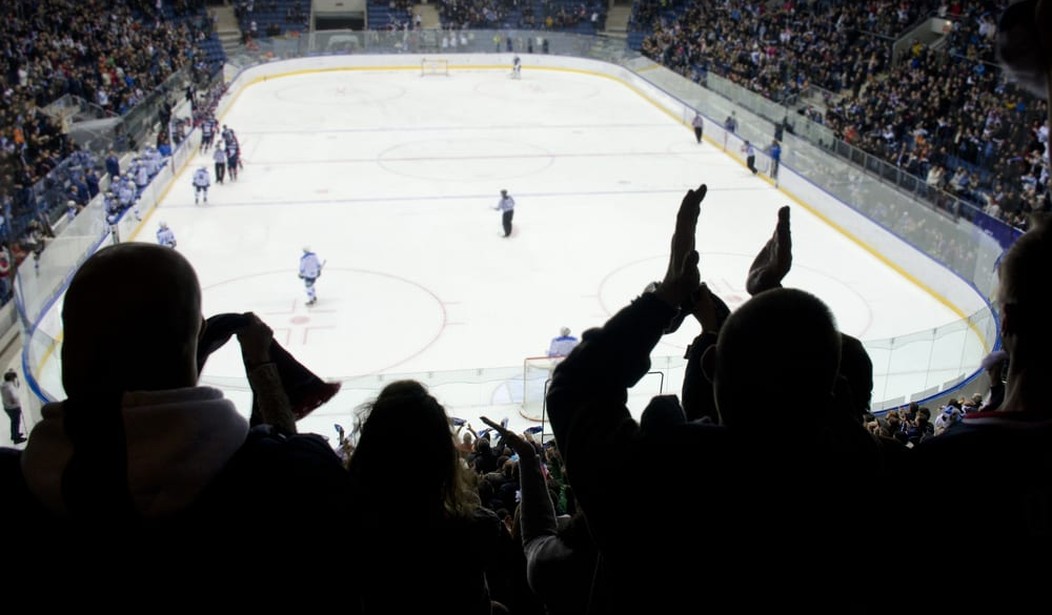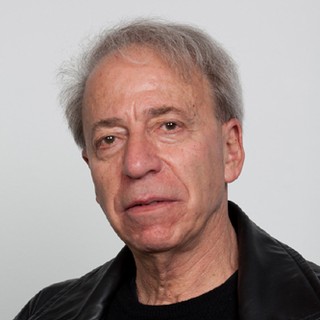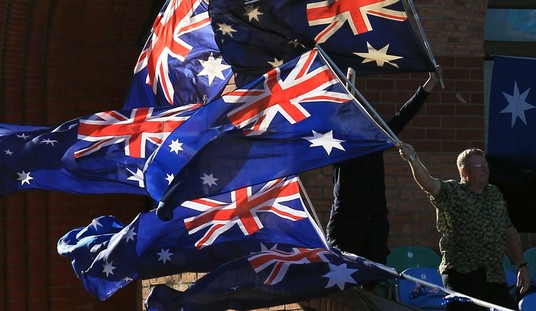I grew up, like many if not most Canadians, passionately in love with hockey. As a child, I listened on my bedside radio to Danny Gallivan, the best hockey announcer bar none, call the Montreal Canadiens games in his unmistakable Cape Bretonish twang. I can still recall jumping up and down in sheer delirium whenever the Canadiens (known affectionately as the Habs, after the French Habitants) scored a goal, and especially when my boyhood hero Boom Boom Geoffrion, who got his nickname from the sound of his slapshot cannonading off the boards, scorched the puck into the net. My mother would enter the room with a glass of warm milk to calm me down.
My teen ambition was to become the Habs’ goaltender. Playing against rural teams in the north of Quebec, I still bear the scars, a chipped tooth (the result of a “great save”) and a few other faded marks of those youthful exploits. But it was not to be. I suspected I was simply not good enough to pursue that dream and, besides, university studies were far too demanding to allow for adolescent compulsions.
My devotion to the game has since waned. Les Canadiens—nos amours and nos glorieux as Quebeckers refer to the team—were once a great hockey franchise, with a record 24 Stanley Cups to their credit. I’m still nostalgic for the days when general manager Sam Pollock worked his magic, steering the Canadiens to dynastic eminence. Pollock lived beside two celebrated Canadian poets, Doug Jones and Ralph Gustafson, in North Hatley, Quebec, and probably imbibed their influence, or perhaps vice versa. Robust imaginations and dedication to their respective crafts were something they had in common. The stern perfectionist and brilliant strategist Scotty Bowman was coach, the last of a stellar succession that included Cecil Hart, Dick Irvin and Toe Blake. Under Bowman’s stewardship, the 1976-77 Canadiens became the most dominant team in sports history, suffering only 8 losses in a 70-game season.
Since that heady time, with only a few exceptions, it’s been pretty much downhill. The Canadien organization gradually became the Bermuda Triangle of the hockey world. Myopic ownership, defective management, incompetent coaches, poor drafting and disastrous trades resulted in thirty years of generally lackluster performance. The decline of the team is also politically unfortunate. The Canadiens were one of the few binding influences in a province divided by the “two solitudes,” Franco and Anglo, and by economic disparity. D’Arcy Jenish, in his The Montreal Canadiens: 100 Years of Glory, shows how hockey could work as a source of political rapprochement between estranged cultural and linguistic constituents. Regrettably, the “Flying Frenchmen” are now grounded.
The National Hockey League (NHL), too, despite a number of superstars and a couple of exciting teams, has deteriorated largely as a consequence of runaway expansion into the vast American market, swelling eventually from the original six teams to thirty, soon to be thirty-one with the addition of the Las Vegas Golden Knights. The pool of local talent has not been sufficient to stock the rosters, hence the importation of an army of European players transforming the league into a kind of United Nations, a Global Village on ice. Half the players bear names that defy pronunciation and, sewn on the back of their jerseys, are practically indecipherable. This would be acceptable or even desirable to many, but the sense of local attachment, of a kind of patriotism, has been seriously diluted, making it hard to recognize one’s native game. Hockey is a more insular game than, say, baseball or soccer.
Moreover, the players are so padded, face-shielded and helmeted as to resemble Star Wars characters. The goaltenders are like tanks on skates; to be successful in today’s league, they must be well over six feet tall. The Vancouver Canucks have recruited John McLean, who at 6’9” and 205 pounds need merely remain immobile to achieve success in the nets. The great goaltenders who came before, all maskless and wearing skimpier equipment—Terry Sawchuk, “Sugar Jim” Henry, Harry Lumley, even shot-peppered Al Rollins of the sad-sack Chicago Blackhawks—could outperform any of their contemporary counterparts.
The great players of yore, all helmetless—Maurice “Rocket” Richard, Gordie Howe, Red Kelly, Jean Béliveau (le Gros Bill), Andy Bathgate, Larry Robinson, Bobby Orr, Guy “The Flower” Lafleur, Wayne “The Great One” Gretzky (helmetless until the 1979 league helmet ruling), among others—whizzed and stickhandled around the rink, unencumbered by burdensome accoutrements. “We didn’t wear helmets or face shields back then,” writes Béliveau in his memoir My Life in Hockey, “so our sticks were carried at ice level most of the time.” Hockey sticks were not Kevlar-and-graphite weapons intended to mutilate opposing players. Tripping, hooking, slashing, or hitting from behind were frowned upon. Brawling was a sideshow, not a staple as in today’s game. Scrums along the boards were whistled down to prevent boredom. The tedious dump-and-chase syndrome was far less frequent than carrying the puck into the offensive zone. Skill, flair, speed and on-ice personality were favored, unlike today’s Rollerball antics. It was, to cite a phrase, a beautiful game.
Even worse, not only has the NHL adulterated its quality along with its identity, a development accelerated by NHL Commissioner Gary Bettman, it appears to have grown at least marginally corrupt, or so it seems to many of its increasingly disenchanted fans and those who remember its best days. It is, of course, much harder to fix a hockey game than, say, a boxing match, but the operation is theoretically possible via subtle hints and coded instructions to the referees. (The example of NBA referee Tim Donaghy betting on games and manipulating the point spread between teams was a scandal with which the Association itself was not involved—though Donaghy claims that “special players get … special treatment, and that’s just the craft of officiating in the NBA.”)
The most recent example of possible league jobbery stems from the current Stanley Cup quarter-final playoff series between the Edmonton Oilers and the Anaheim Ducks. The refs bungled two glaring goaltender interference incidents and botched an offside and an icing call, which led to Anaheim goals. As a result, Anaheim won the games in question and eventually clinched the series. How could several consecutive instances of presumed incompetence have happened? The issue of “confirmation bias,” in which the Situation Room in Toronto reviews controversial calls of the officials, may play into occasions of this nature; the command center generally confirms the referees in order not to embarrass them. But the problem may go deeper than that.
My hockey friends speculate that the league could not tolerate two Canadian teams, in this case the Oilers and the surprising Ottawa Senators, meeting in the Cup finals. American viewership would dwindle to insignificance, TV ratings would plummet, and advertising revenues would go, well, not south but north, a fiscal catastrophe to be avoided at all costs. One Canadian team is a viable proposition, but two? Consequently, according to the cynical—or skeptical—view, at least one of the Canadian teams had to be eliminated. This could explain what might otherwise remain inexplicable, namely, how four game officials and a Situation Room majority could err so dramatically call after call to the clear advantage of one team over another. I can’t vouch for the hypothesis, but the argument does make sense.
Reputedly adapted from Irish hurling as hurley-on-ice in the province of Nova Scotia in the late 18th century, hockey is—or was—a Canadian game. The four American teams of the original six—New York, Boston, Chicago, Detroit—were all reasonably close to the border and a short jaunt to Montreal and Toronto. They seemed to us Canadian by proxy. Further, they depended on a Canadian player base. The Stanley Cup, the oldest trophy in North American professional sports, is named after Lord Frederick Arthur Stanley, appointed by Queen Victoria as governor general of Canada in 1888. The NHL got its start in 1917 in the small Ontario town of Renfrew; it has met its end as a credible institution in rampant over-extension, extraterritoriality and the profitable glitz of the modern American hockey/TV market.
The continuing affection many fans feel for their teams is understandable, but the sport itself has been compromised. Now that the league has become a caricature and the game a free-for-all, it requires something like religious faith or civic loyalty to keep on rooting for the colors. The beautiful game is no longer quite so beautiful.










Join the conversation as a VIP Member